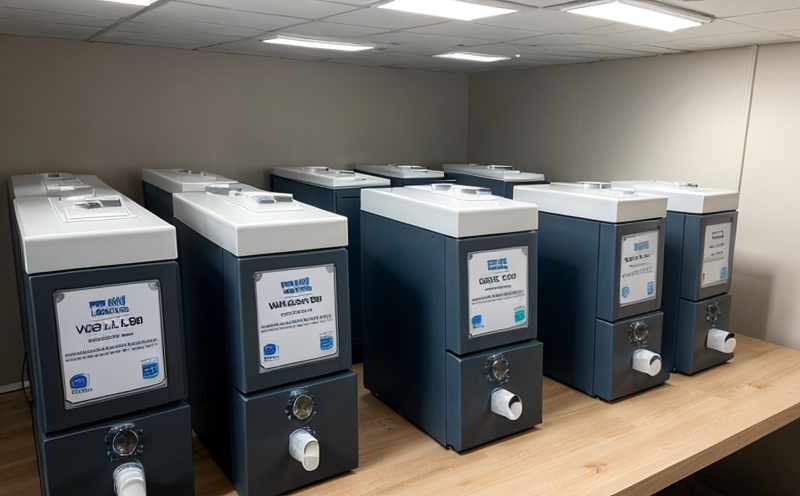ISO 17226-3 Leather Chemical tests for formaldehyde Gas chromatography method
The ISO 17226-3 standard is a critical protocol used in the textile and leather industries to determine the concentration of formaldehyde in leather materials. This test ensures that products comply with regulatory limits set by various jurisdictions, such as the European Union's REACH Regulation and the California Proposition 65.
Formaldehyde can be present in leather through several pathways, including direct addition during tanning processes or as a by-product of curing agents. The presence of formaldehyde is often unintentional but can pose health risks if not properly controlled. This test method provides an accurate and reliable measurement of the free formaldehyde content in leather materials using gas chromatography (GC).
The procedure involves the extraction of formaldehyde from the leather sample, followed by its detection and quantification using a GC system equipped with appropriate detectors. The process begins with the selection of a suitable solvent to extract the formaldehyde from the leather matrix. Common solvents include methanol or acetonitrile.
Once the extraction is complete, the solution containing the extracted formaldehyde is injected into the gas chromatograph for analysis. The GC system separates the components based on their boiling points and retention times. The detector then measures the concentration of each component, allowing for the quantification of formaldehyde. The test results are typically expressed in parts per million (ppm).
The ISO 17226-3 method is widely used by quality managers and compliance officers to ensure product safety and regulatory adherence. R&D engineers can also benefit from this testing as it aids in the optimization of tanning processes to minimize formaldehyde emissions.
Compliance with these standards is essential for businesses operating within the textile and leather sectors, especially those exporting products internationally or targeting markets with stringent regulations on chemical substances.
| Industry Applications |
|---|
|
The following are the key steps involved in preparing a leather sample for testing:
- Select representative samples from the batch of leather to be tested.
- Cut the selected samples into small, uniform pieces ensuring that each piece is approximately 5 cm x 5 cm and no thicker than 2 mm.
- Place the cut pieces in a suitable solvent for extraction. Common solvents include methanol or acetonitrile.
- Allow the extracts to stand for at least 24 hours, with occasional shaking, to ensure complete dissolution of formaldehyde.
- Filter the extract through a fine filter to remove any particulate matter that may interfere with the GC analysis.
The results from this test are crucial for several reasons:
- They help in ensuring compliance with international regulations regarding harmful chemicals.
- They provide insights into process improvements and quality control measures.
- They enable businesses to maintain a positive reputation by offering safe, compliant products.
The following are some frequently asked questions about the ISO 17226-3 method:





